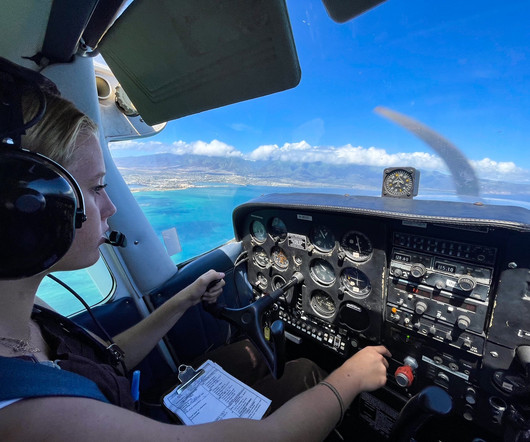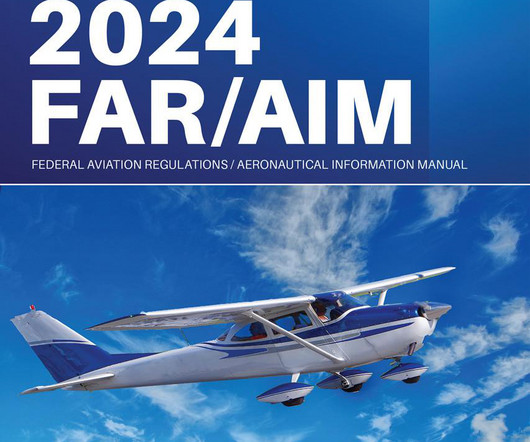How To Talk To ATC: A Pilot's Guide to Effective Communication
Northstar VFR
MAY 9, 2024
Radio communication is a very intimidating skill for many new pilots. It was for me, especially when I had to fly to a towered field and talk to Air Traffic Control (ATC). We had to quickly learn the cadence of communicating with Clearance Delivery, Ground, Tower, Approach and Departure controllers.
















Let's personalize your content